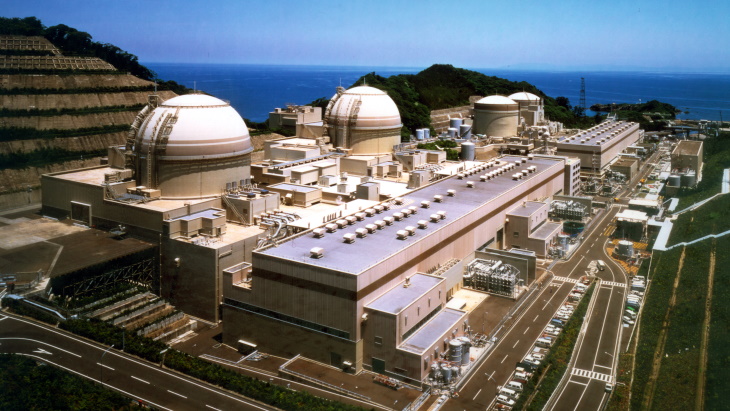
Under regulations which came into force in July 2013, Japanese reactors had a nominal operating period of 40 years. One extension to this - limited to a maximum of 20 years - could be granted, requiring amongst other things, a special inspection to verify the integrity of reactor pressure vessels and containment vessels after 35 years of operation.
However, in December 2022, the NRA approved a draft of a new rule that would allow reactors to be operated for more than the current limit of 60 years. Under the amendment, the operators of reactors in use for 30 years or longer must formulate a long-term reactor management plan and gain approval from the regulator at least once every 10 years if they are to continue to operate. The new policy effectively extends the period reactors can remain in operation beyond 60 years by excluding the time they spent offline for inspections from the total service life.
The legislation was approved by Japan's Cabinet in February last year and enacted in May 2023. It comes into full effect in June next year.
The Ohi 3 and 4 reactors gained permission for operation extensions to 40 years under the old regulatory system in November 2021 and August 2022, respectively.
Kansai submitted an application to the Nuclear Regulation Authority (NRA) on 21 December to operate the units for over 60 years. The two 1180 MWe pressurised water reactors were connected to the grid in June 1991 and June 1992, respectively.
With the NRA's approval, Ohi 3 can now operate until 17 December 2031, while Ohi 4 can operate until 1 February 2033.
"We will continue to actively incorporate the latest knowledge from Japan and abroad and reflect it in plant design and equipment maintenance, thereby striving to improve the safety and reliability of nuclear power plants," Kansai said.
Kyushu Electric Power Company submitted its long-term reactor management plan to the NRA on 24 June for units 1 and 2 of its Sendai nuclear power plant in Kagoshima Prefecture.